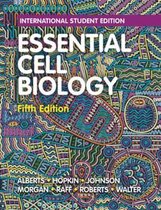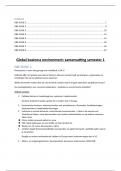Samenvatting
Summary Cell biology -- Chapter 1 part 2
- Instelling
- Vrije Universiteit Amsterdam (VU)
Orderly and clear summary of the mathematics part what is discussed during the cell biology lectures. It is a summary from the book "Essential Cell Biology " With this summary you will save a lot of time. I passed this course with a 7,5. Good luck :)
[Meer zien]







